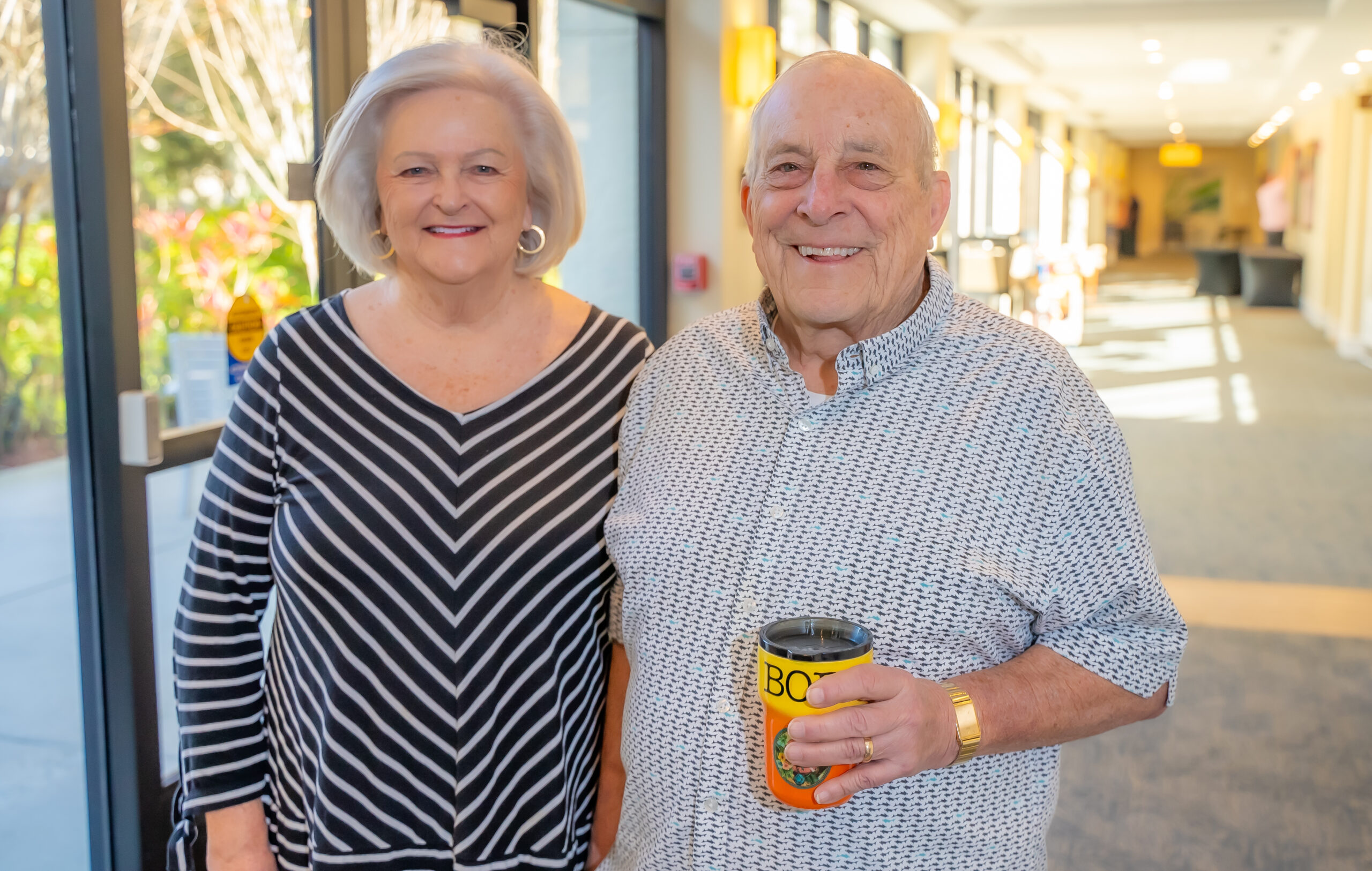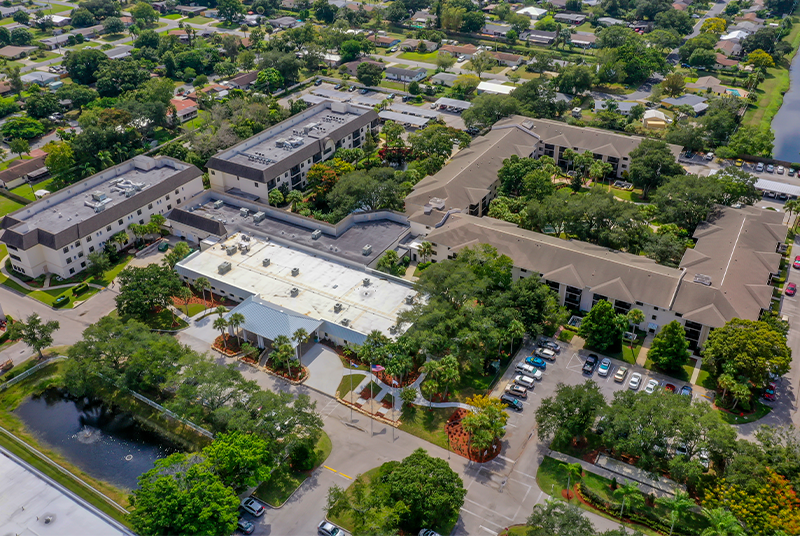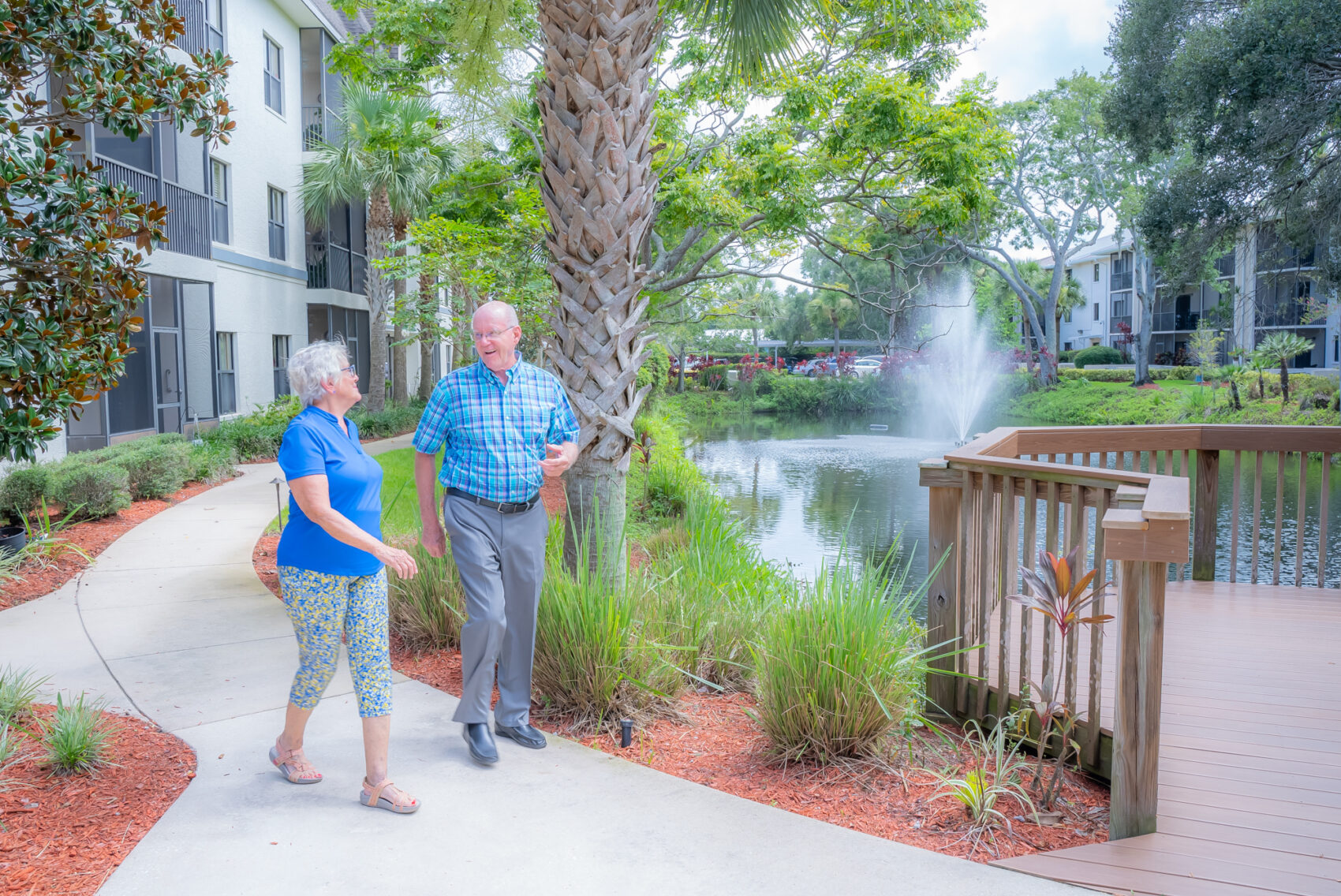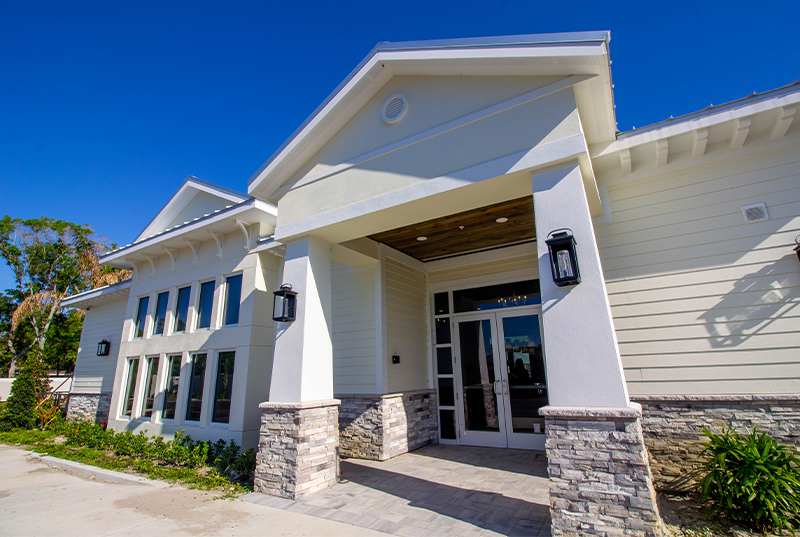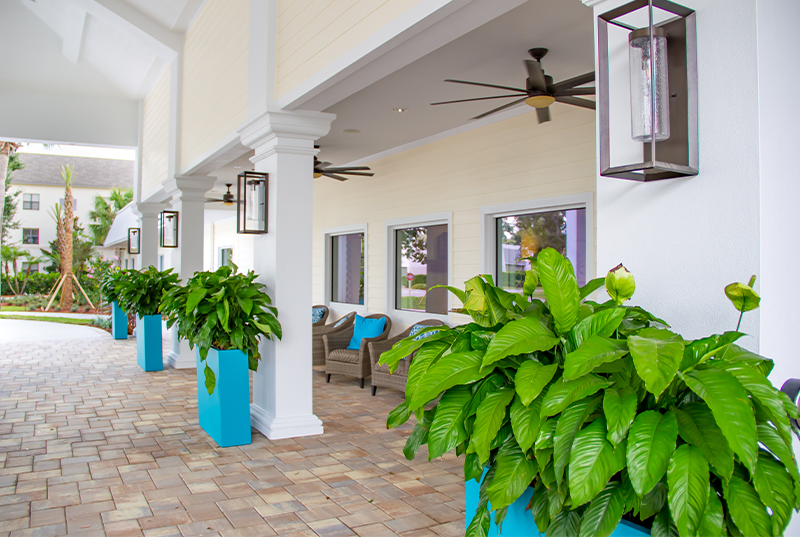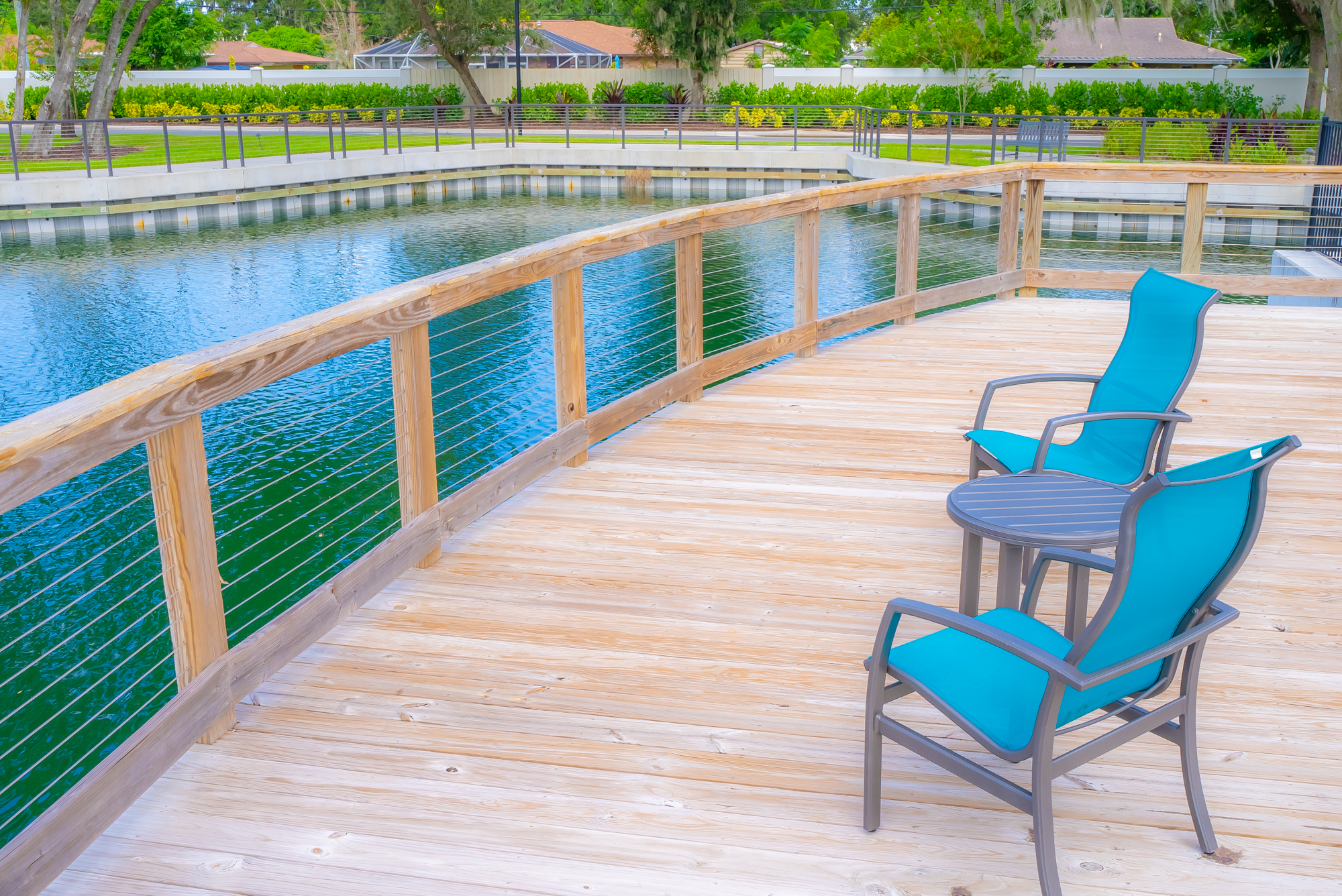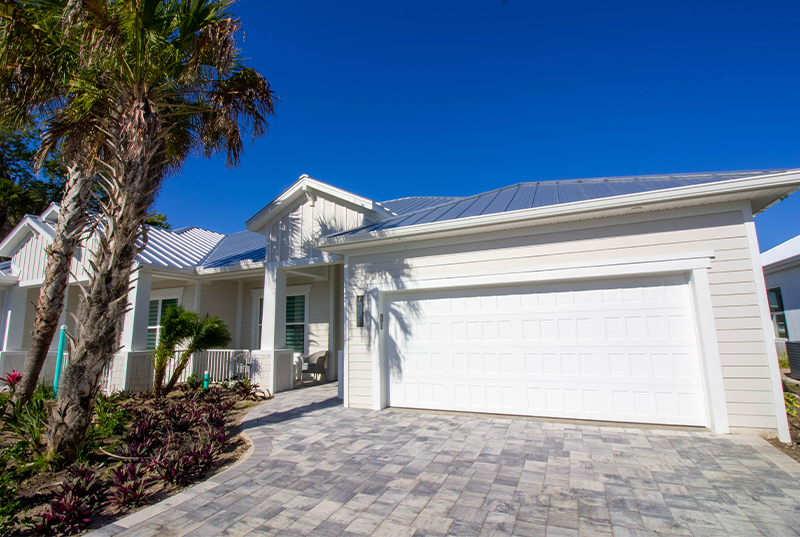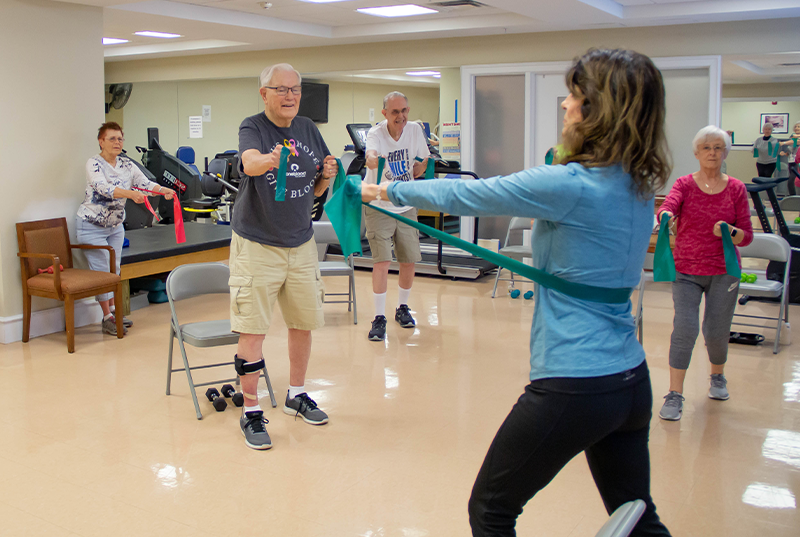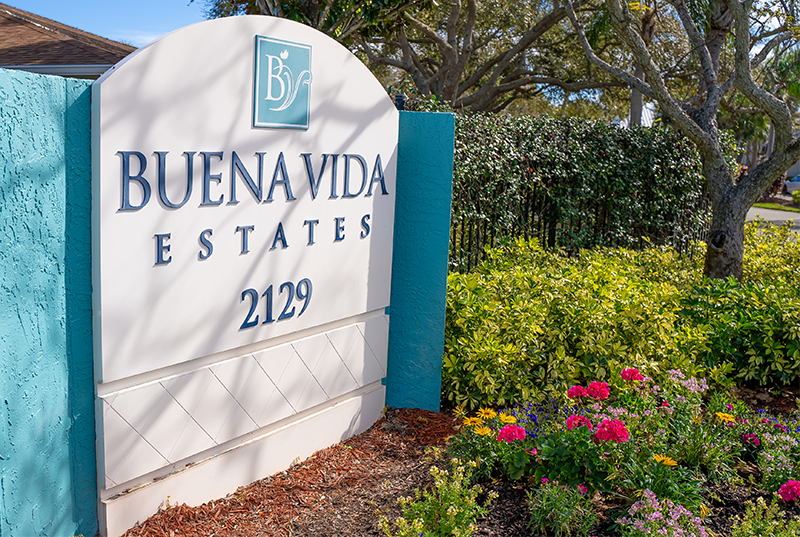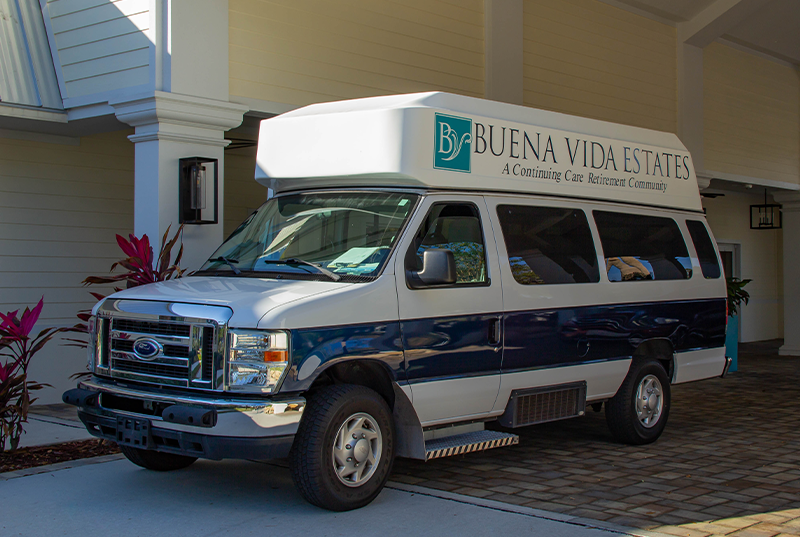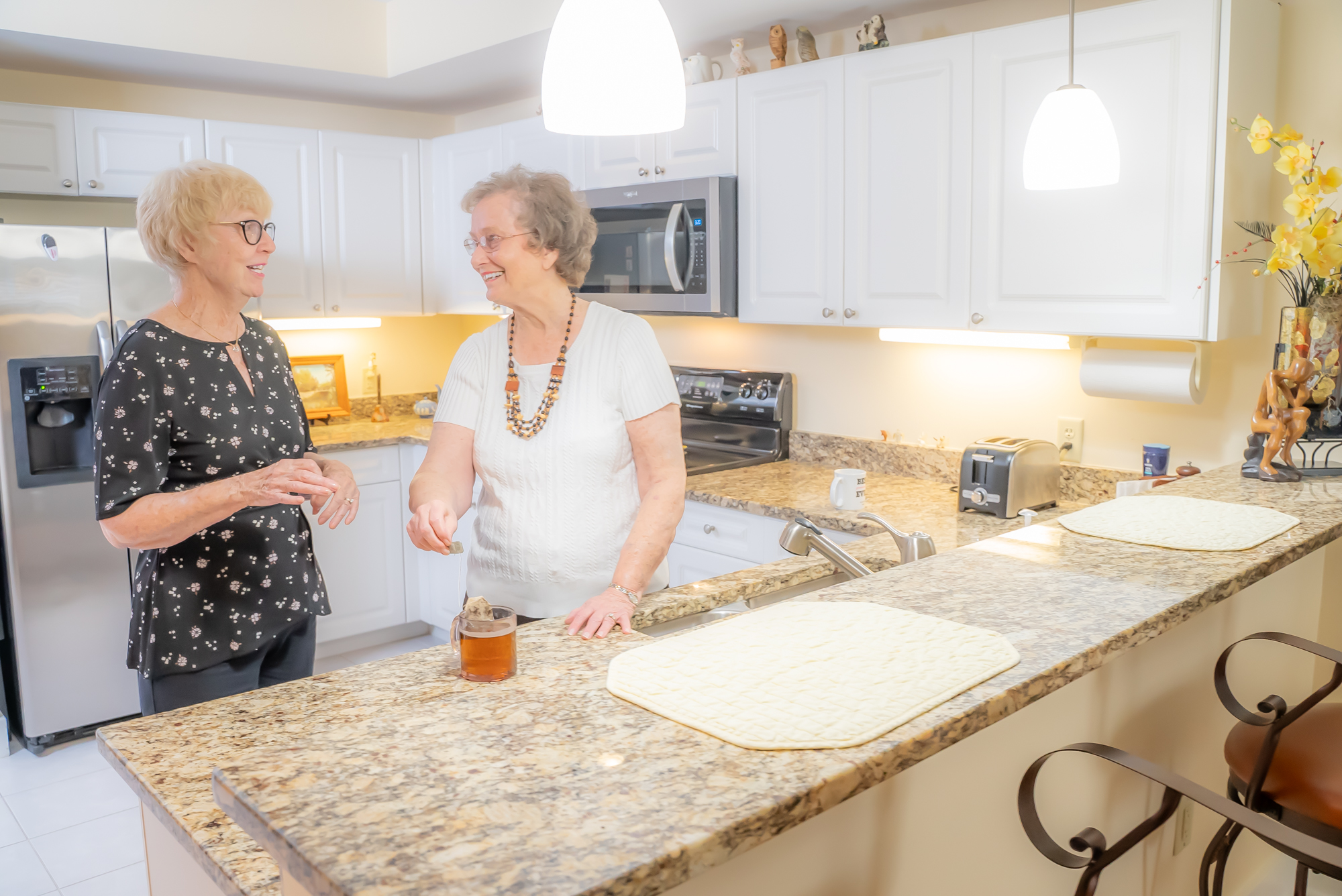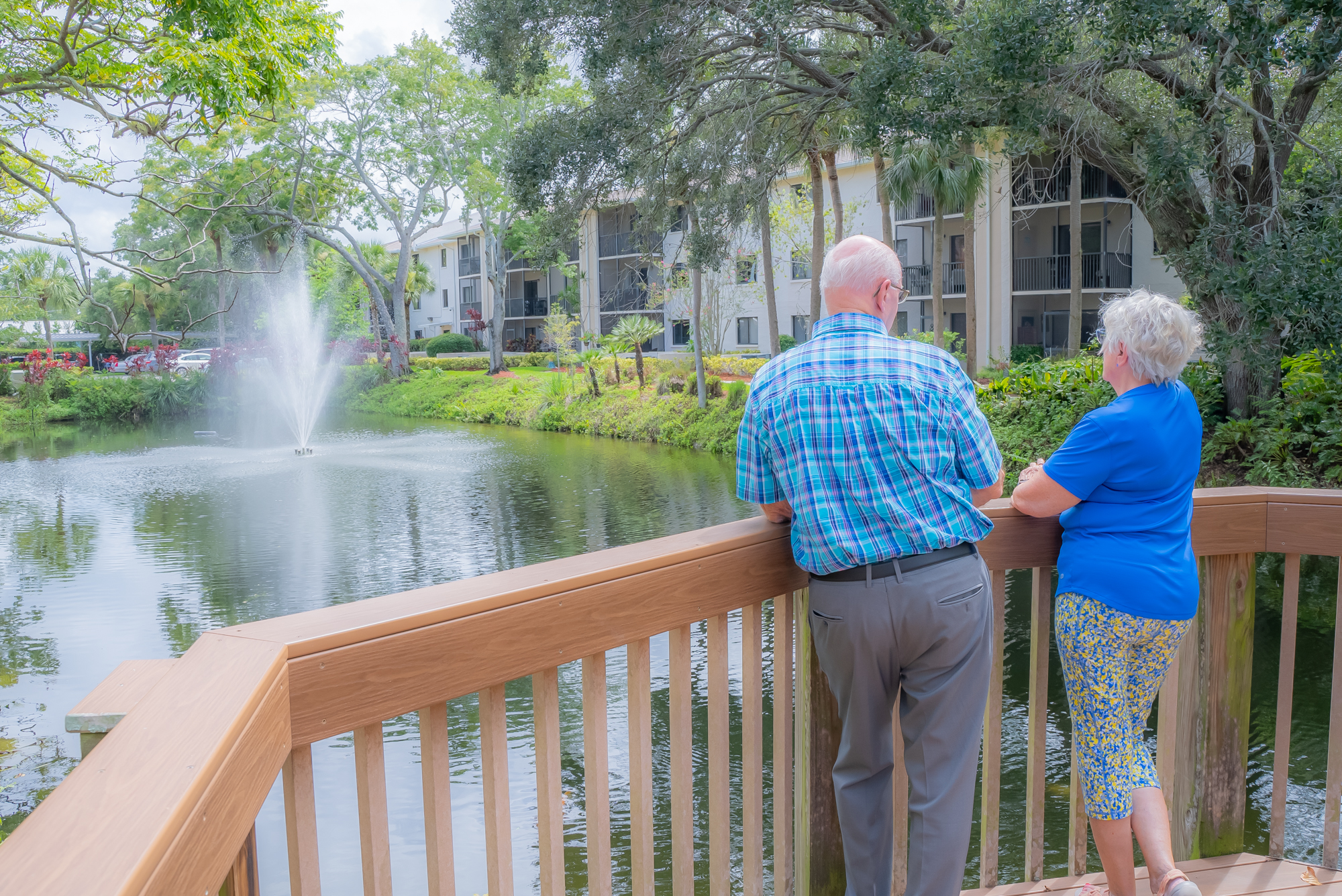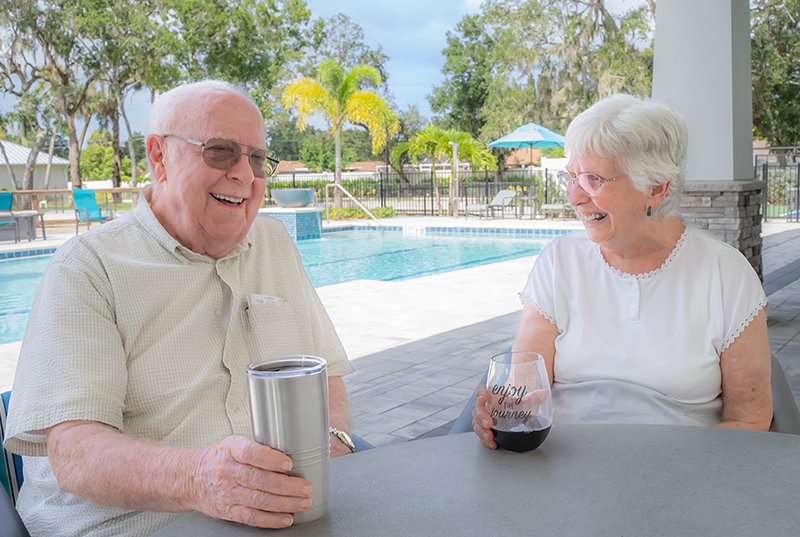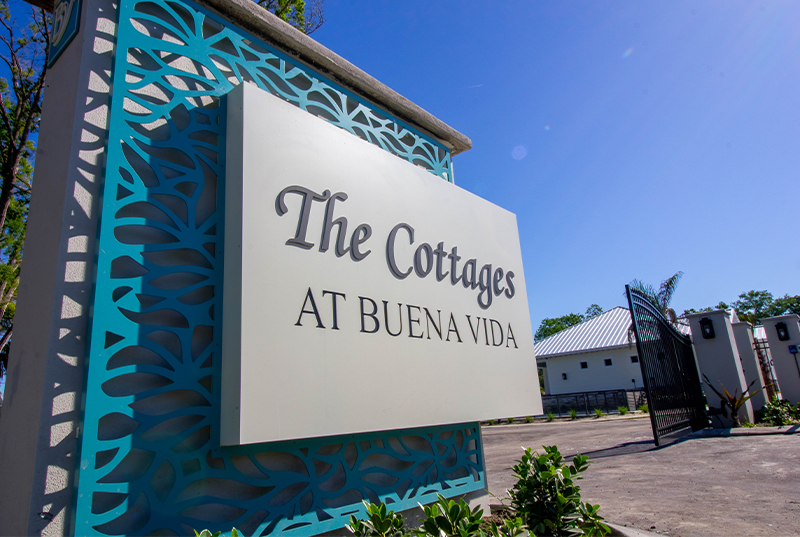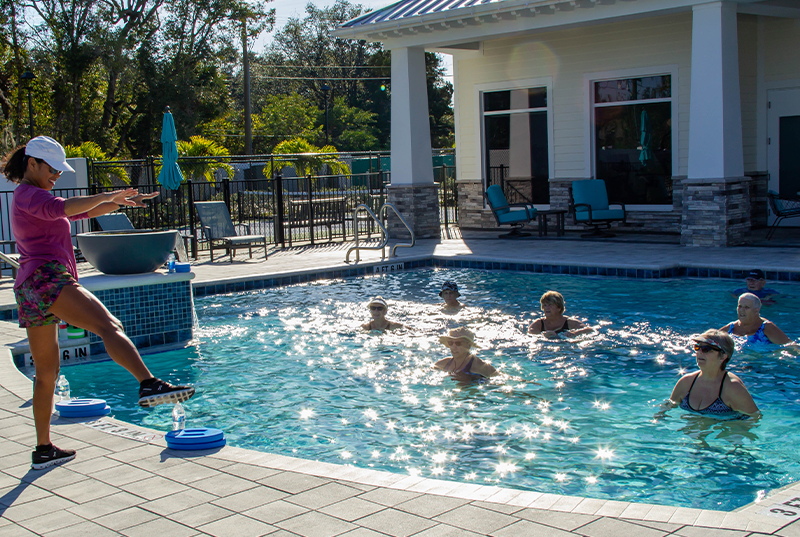The Cost of Long-Term Care and How Long It’s Needed

According to the U.S. Department of Health and Human Services (DHHS)’s Administration on Aging (AOA), around 70 percent of people over the age of 65 will require long-term care services at some point in their life. This means they will need assistance with at least two activities of daily living (ADLs) such as eating, dressing, or bathing. Some may need an even higher level of care such as skilled nursing care.
How long will I need help with ADLs or require nursing care?
The problem, of course, is that no one can see the future to know if they will be the “average” person, or an exception on either the high or low end. And if you do end up needing care, what will it cost? At Buena Vida Estates our residents know that their future is secure, and that they’ll receive consistent and graduating levels of care as they need it.
Let’s take a look at these two key issues: potential length of long-term care and the cost of long-term care.
How long will I need long-term care?
According to the latest AOA research, the average woman needs long-term care services for 3.7 years, and the average man for 2.2 years. Keep in mind, these numbers may include some combination of care within the home (provided by family members and/or paid caregivers), care in an assisted living community, and/or care in a skilled nursing facility.
A report jointly prepared by the American Health Care Association and National Center for Assisted Living found that the average length of stay for residents in an assisted living facility is about 28 months with the median being 22 months.
Sixty percent of assisted living residents will eventually need a higher level of care, often necessitating a move to a separate skilled nursing facility. A 2019 report from HHS on long-term care providers and the users of their services in the United States looked at nursing home data from 2015 to 2016. The study found that the average length of stay among nursing home residents was 485 days.
Additionally, the HHS study found that of the 1,347,600 residents in nursing homes in 2016, 606,800 or about 43 percent had a stay of less than 100 days (considered a “short stay”), and approximately 57 percent or 794,000 had a stay of 100 days or longer (a “long stay”).
The cost of long-term care
Looking at cost, 2017 research from Price Waterhouse Coopers (PWC) found the average lifetime cost of long-term care was $172,000. This number could include paid in-home care, living in an assisted living community, and/or living in a nursing home. But here again, “averages” don’t reveal the entire picture.
Twenty-five percent of the time, long-term care lasts only eight months, and the cost of that care is less than $26,000, according to PWC data. Another quarter of the time, lifetime cost exceeds $240,000. In 8 percent of cases, care exceeds eight years, in which case costs can be astronomical. Seven percent of the time, long-term care costs exceed $500,000, and in 1 percent of cases, costs exceed $949,000.
While these numbers are staggering to most people, the total would likely be higher in 2020 considering that the cost of care is only going up. Genworth’s Cost of Care Survey tool tells is that for 2020, the national average cost of assisted living is $4,300 per month, and for nursing care, it’s $7,756 a month for a semi-private room and $8,821 for a private room.
What about long-term care insurance?
Long-term care insurance (LTCi) is one option to help pay for your care needs. As an example, an LTCi policy might provide $4,000 to $6,000 per month in coverage with a guarantee that number will rise 3 percent annually to cover the cost of inflation, and it might include three or four years of coverage.
But LTCi polices can be extremely expensive (with premiums often costing thousands of dollars annually). Many seniors have seen their premiums skyrocket in recent years as LTCi providers have had to adjust pricing to cover the rising cost of care and the number of claims being paid out.
And LTCi also may not cover as much as you would assume. For example, many times, LTCi doesn’t kick in until a policyholder either has a cognitive impairment or requires help with at least two activities of daily living (ADLs). Some policies also have an “elimination period” of 30 to 90 days — essentially an out-of-pocket deductible that must be met first before the policyholder it “benefit-eligible” — so in some cases where care is needed, the LTCi policy may not even come into effect.
Furthermore, most policies also have a lifetime maximum. Let’s say your policy’s lifetime max is $500,000. Any cost exceeding that coverage limit will have to come out of your pocket, potentially sticking you with hefty care costs. As described previously, many will not need this much care, but for those who do, the coverage could go a long way towards protecting the estate and preventing a Medicaid situation.
CCRCs and long-term planning
When you take all of these “what ifs” and “averages” into consideration, it can feel overwhelming and scary. Many people worry about what these unknowns may cost their loved ones, both emotionally and financially.
For example, if a family member is acting as an in-home caregiver, how will it impact their ability to work outside of the home or care for their own children? If a move to assisted living or a skilled nursing facility is needed, will your savings hold out? And what would happen if the type of care you need could no longer be practically or safely provided in your home?
With all of this in mind, some people opt for the peace of mind that comes with choosing to move to a continuing care retirement community (CCRC, or life plan community), particularly those who either do not have family living nearby or who do not want to be a burden on them. CCRCs offer their residents a full continuum of care services ranging from independent living to assisted living to full-time skilled nursing care. In many cases, care services are provided at an on-site healthcare center, enabling partners who have different care needs to remain close to one another.
Learn more about Buena Vida Estates today!
Buena Vida Estates is a CCRC that offers an opportunity to enjoy an active and enriching lifestyle.
Buena Vida Estates has free lunch, tour, and consultation. Once you have this information, you will truly be able to weigh costs and benefits and make the decision that is right for you.
By Brad Breeding
Reference: www.mylifesite.net/blog/post/what-will-long-term-care-cost-and-how-long-will-i-need-it



